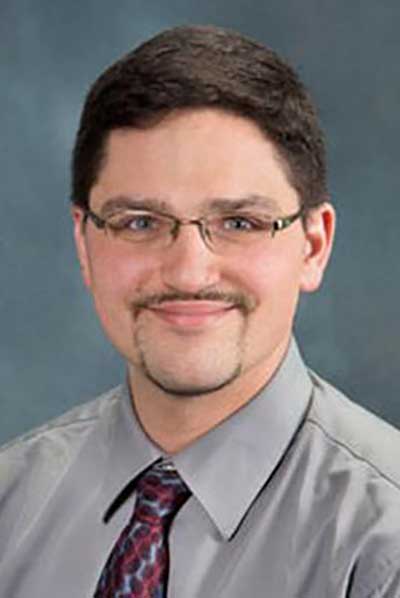Hypertension is an important subject for healthcare providers of all varieties, but pulmonary hypertension is a medical complication of special importance to those dealing with rheumatological conditions. Sotatercept, an experimental treatment that has been the focus of several clinical trials, including a large phase 3 trial that was published in the New England Journal of Medicine earlier this year, may change the landscape of pulmonary arterial hypertension (PAH).

Pulmonary Arterial Hypertension for the Rheumatologist and Immunologist will take place on Tuesday, Nov. 14, from 4–5:30 p.m. PT in Room 7A–B in the San Diego Convention Center. The session will be available on demand within 24 hours for registered ACR Convergence 2023 participants.
“Sotatercept targets a novel pathway that is not targeted with any of the current medications,” explained Lewis Rubin, MD, Emeritus Professor of Medicine at the University of California, San Diego School of Medicine. “In the blood vessels’ walls, the cells proliferate, and that narrows the blood vessel and raises the pressure that has to be generated by the heart to propel blood through them to reach the alveoli in the lungs, which exchange oxygen and carbon dioxide. The right side of the heart is under undue stress and eventually begins to fail to pump effectively.
“This is a very complex disease, so there’s no magic bullet. But we have now at least a fourth pathway that is dysfunctional that we can target, and the more pathways you target, the better the result,” he added.
PAH affects patients with a number of serious connective tissue diseases, particularly scleroderma and systemic lupus erythematosus, influencing not only how patients feel and function, but also their survival.
“Rheumatologists need to be aware of PAH, because it’s not an easy diagnosis to make,” Dr Rubin said. “The symptoms are non-specific, like shortness of breath with exertion, that could be caused by any of a number of things.”
PAH is a severe vascular complication of scleroderma and has the highest case-mortality rate of any complication of the disease, said Benjamin Korman, MD, Associate Professor of Medicine and Rheumatology at the University of Rochester, noting that 10–15% of patients will go on to develop PAH.
“PAH is poorly understood because there aren’t enough human tissue samples available, previous animal models have not effectively captured key features of human disease, and we have yet to successfully show that inflammatory pathways that are important in scleroderma and other connective tissue diseases can be effectively targeted,” he said. “This disease currently lacks important treatment modalities.”

Dr. Korman was senior author on a 2020 article published in Arthritis & Rheumatology describing a new tumor necrosis factor (TNF)-mutant mouse model of the disease.
“Our model recapitulates many of the features of connective tissue disease-associated PAH (CTD-PAH), whereas the three older mouse models of PAH are all injury models and do a better job of modeling idiopathic pulmonary arterial hypertension. Our paper described that TNF-transgenic mice have occlusive lesions, perivascular inflammation, and severe hemodynamic pulmonary hypertension, leading to right heart failure and death, which is much closer to what we see in scleroderma,” he said.
Lorinda Chung, MD, MS, Professor of Medicine (Immunology and Rheumatology) and Dermatology at Stanford University School of Medicine, will provide an overview of PAH diagnostic and treatment considerations for rheumatologists.

Registered ACR Convergence 2024 Participants:
Watch the Replay
Select ACR Convergence 2024 scientific sessions are available to registered participants for on-demand viewing through October 10, 2025. Log in to the meeting website to continue your ACR Convergence experience.
